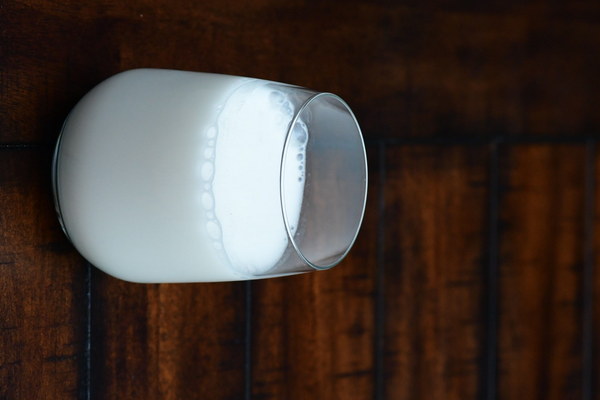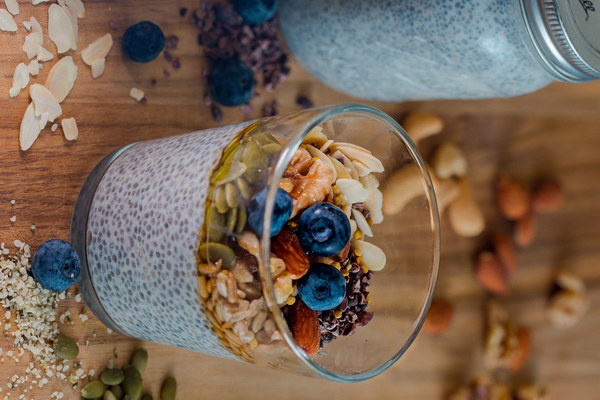Fall Health Focus Prioritizing Lung Care for Autumn Wellbeing
As the vibrant colors of autumn paint the landscape, it's a timely reminder to shift our focus towards maintaining our health. Fall, with its crisp air and cooler temperatures, brings with it the need for specific health practices, and at the forefront of these should be lung care. The autumn season is often associated with respiratory illnesses, making it imperative to prioritize lung health to ensure a comfortable and healthy transition into the cooler months. Here's why autumn health should begin with lung care.
The Link Between Fall and Lung Health
Autumn marks the end of the warm, humid summer months and the beginning of a drier, cooler climate. This change can affect the respiratory system in several ways:
1. Dry Air: The air becomes drier in the fall, which can lead to dryness in the nasal passages and throat. This dryness can irritate the lungs and make them more susceptible to infections.
2. Allergens: The leaves that carpet the ground are often a source of allergens. Pollens and mold can become airborne, triggering allergic reactions and exacerbating asthma or other respiratory conditions.
3. Infections: Cooler temperatures can lead to an increase in respiratory infections, such as the common cold and flu, which can be more severe if the immune system is compromised.
Prioritizing Lung Care in Autumn
To maintain optimal lung health during the autumn season, consider the following strategies:

1. Hydration: Drink plenty of fluids to help keep the mucus in your lungs thin and less likely to cause congestion. Water, herbal teas, and warm broths are excellent choices.
2. Humidification: Use a humidifier in your home to add moisture to the air, which can help alleviate dryness and reduce the risk of respiratory irritation.
3. Breathing Exercises: Engage in practices like deep breathing or pranayama to strengthen your lungs and improve oxygen intake. These exercises can also help clear out mucus and reduce inflammation.
4. Asthma and Allergy Management: If you suffer from asthma or allergies, ensure that you are adhering to your treatment plan and taking any prescribed medication as directed.
5. Vitamin D and Vitamin C: These vitamins are known for their immune-boosting properties. Make sure to include sources of vitamin D, such as fatty fish, eggs, and fortified foods, and vitamin C, found in citrus fruits, berries, and leafy greens, in your diet.
6. Avoid Exposure to Pollutants: Try to reduce your exposure to outdoor air pollution, which can be particularly high during autumn. If you have asthma or allergies, wear a mask when necessary.
7. Stay Active: Regular physical activity can help maintain lung function and boost your immune system. Enjoy outdoor activities, but be mindful of air quality and weather conditions.
8. Mindfulness and Stress Reduction: Stress can weaken the immune system, making it more difficult for your lungs to fight off infections. Practices such as meditation, yoga, or simply enjoying the natural beauty of autumn can help reduce stress.
Conclusion
As the leaves fall and the world around us transitions into autumn, taking care of your lungs should be at the top of your health care list. By implementing these strategies, you can ensure that your respiratory system remains strong and healthy throughout the season. Remember, autumn is not just a time to enjoy the changing scenery, but also a time to nurture your body and prepare it for the challenges that cooler weather may bring.









